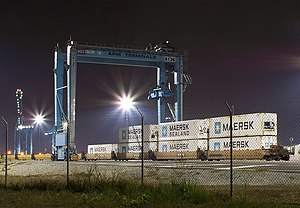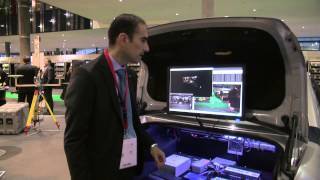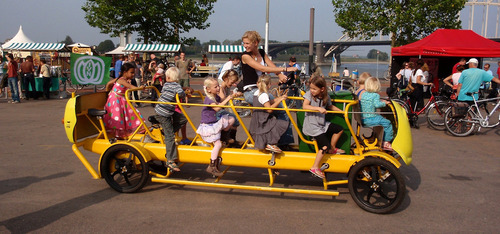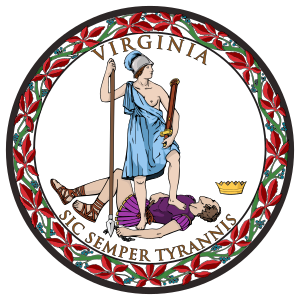Job Alert: Transportation Specialist, GS-2101-13 / 14 – Federal Highway Administration (USDOT) @Washington, DC
| SALARY RANGE: | $89,033.00 to $136,771.00 / Per Year |
| OPEN PERIOD: | Wednesday, November 14, 2012 to Friday, November 23, 2012 |
| SERIES & GRADE: | GS-2101-13/14 |
| POSITION INFORMATION: | Full Time – – Permanent |
| PROMOTION POTENTIAL:
14 |
|
| DUTY LOCATIONS: | 1 vacancy – Washington, DC, USView Map |
| WHO MAY BE CONSIDERED: | Open to all U.S. Citizens
If you are a status employee or VEOA eligible, you may wish to apply under FHWA.HOP-2013-0003 |
This position is a Transportation Specialist assigned to the Freight Analysis and Research Team within Office of Freight Management and Operations (HOFM) of the Office of Operations of the Federal Highway Administration(FHWA). The Office is responsible for analyzing trends and developing policies concerning multimodal freight transportation,
Within a team environment, the Transportation Specialist is responsible for providing expertise in data, modeling and analytical techniques for analyzing and forecasting freight activity and its economic and environmental consequences, to support FHWA headquarters, FHWA field components, state DOT personnel, and professional staff of Metropolitan Planning Organizations and other stakeholders in establishing a comprehensive program for improving freight operations within the country’s transportation network.supporting freight transportation planning and project development at all levels of government through information and professional development programs, enforcing vehicle size and weight laws, and promoting improvements in freight operations and technology. Its mission is to provide programs, policies, research, and technology transfer that promote efficient and effective freight flow on the highway system and its intermodal connectors within the United States and across its international borders.
The ideal candidate is a mid-career or senior professional with experience in analyzing freight activity and its economic and environmental consequenses.
DUTIES:
As a Transportation Specialist, you will:
- Provide technical and program support to the FHWA headquarters staff, field components and state personnel, and other partners in private industry and local and regional government, on the utilization of the freight economics and operations data and analytical tools developed by the Office of Freight Management (HOFM).
- Provide substantive technical guidance and support to HOFM’s analysis and research team on policy and analysis related to economics, international and domestic trade, forecasting methods, the structure and productivity of the transportation industry, public and private financing, use and performance of the transportation system, and transportation planning/project development.
- Foster close coordination and collaboration with other Department of Transportation (DOT) elements, and other federal agencies that maintain data and analytical tools which aid in the understanding of freight transportation system performance, freight economics, public finance, economic forecasting methods, and the structure and productivity of the transportation industry.
- Provide expert knowledge and demonstrated expertise of transportation economic analysis and forecasting methods, the economic consequences of transportation and multimodal freight operations at the national, regional, and project levels.
- Provide expert knowledge and demonstrated expertise in transportation and freight system performance measurement, management and analysis used by public and private sector, with advanced knowledge of data sets, analytical techniques and visualization.
- Provide technical and program support to the FHWA headquarters staff, field components and state personnel, and other partners in private industry and local and regional government, on the utilization of the freight economics and operations data and analytical tools developed by HOFM.
































